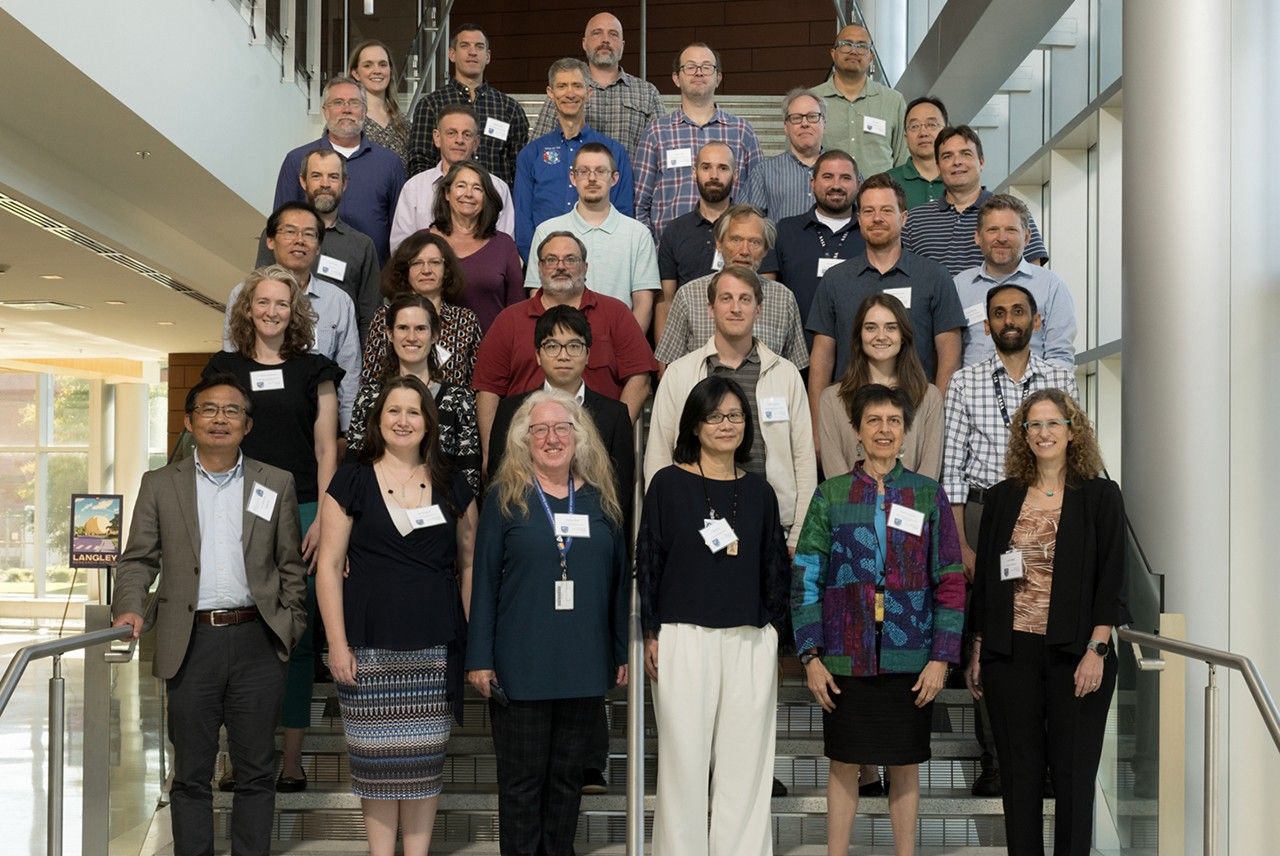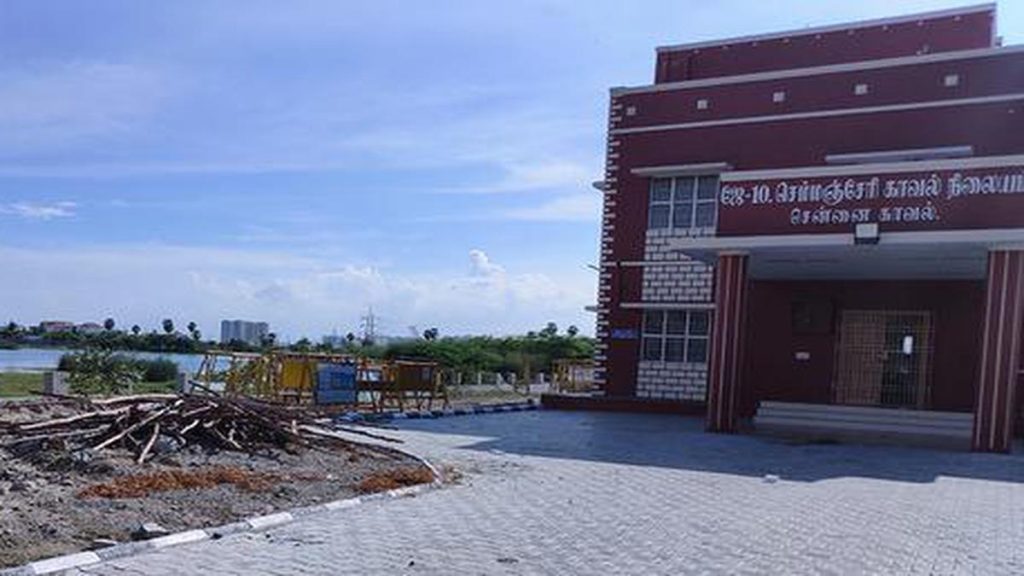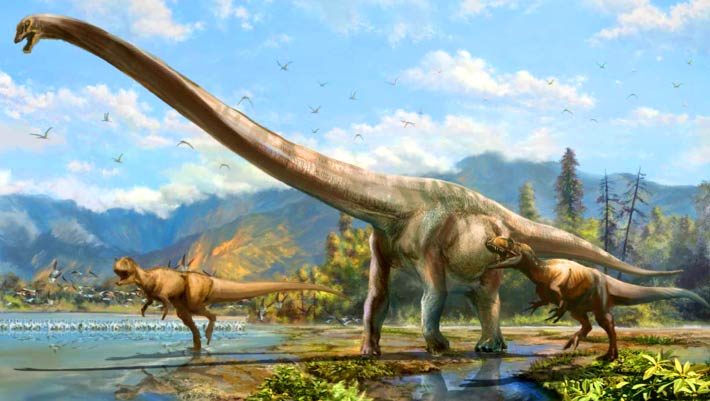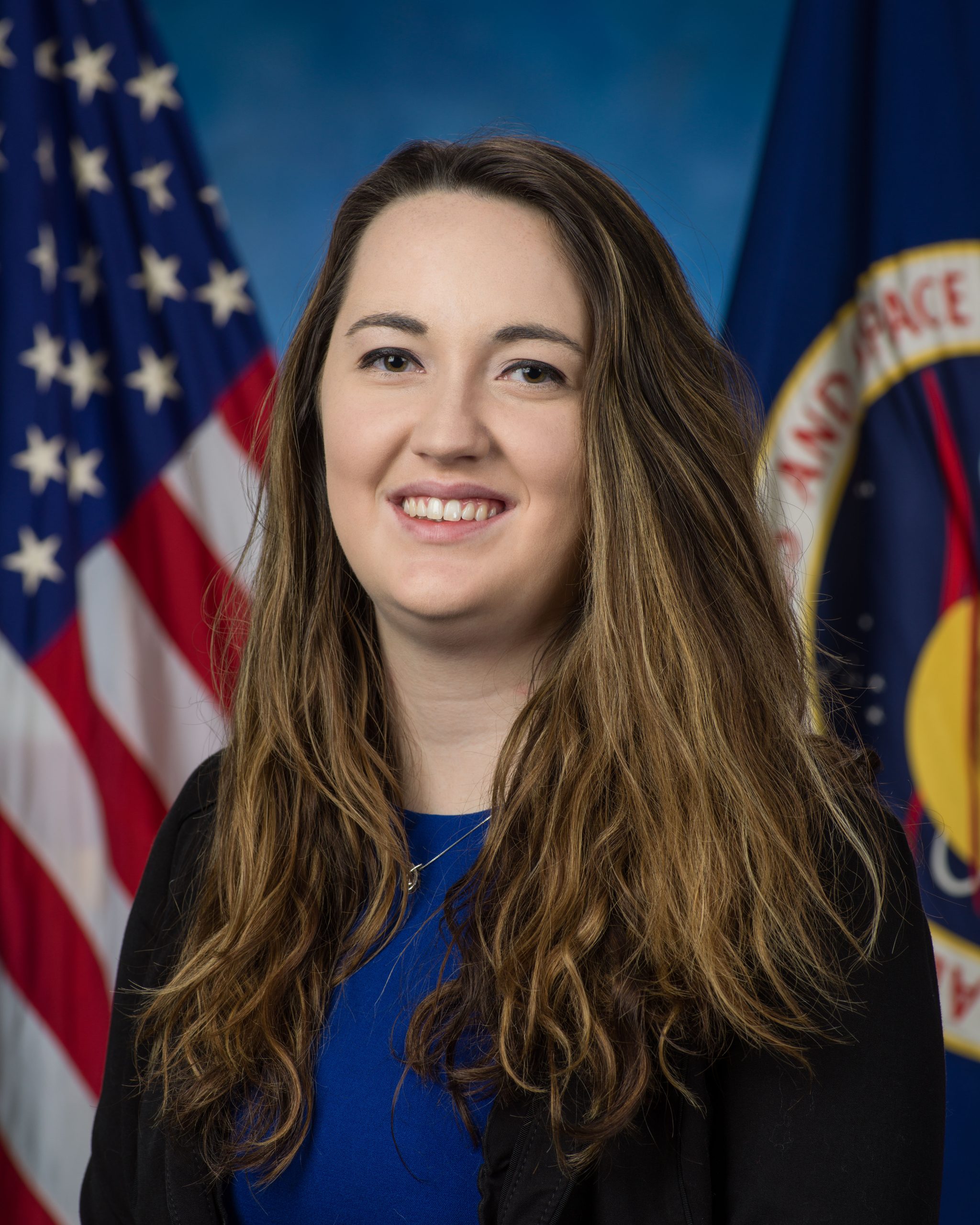Now Reading: Key Highlights from the 2024 SAGE III/ISS Conference
-
01
Key Highlights from the 2024 SAGE III/ISS Conference
Key Highlights from the 2024 SAGE III/ISS Conference

Rapid Summary
- Event Details: The Stratospheric Aerosol and Gas Experiment (SAGE) III/ISS Science Team Meeting was held on October 22-23, 2024, at NASA Langley Research Center in hybrid format with ~50 attendees.
- Highlights: Updates on mission status, advancements in data calibration/validation, and insights into aerosol/climate research were key focuses. Engagement included contributions from U.S.,Canadian,German scientists alongside NASA and NOAA representatives.
- Mission Progress:
– SAGE III/ISS has collected over eight years of observation data with ~70,000 accomplished occultation events recorded despite challenges like instrument degradation.
– Version 6.0 (released April 2025) introduced enhanced retrieval algorithms resolving long-standing biases in aerosol extinction measurements.
- Research Findings:
– Progress made on stratospheric water vapor tracking post-Hunga Tonga eruption (~10% increase observed).
– Improved cross-validation between SAGE III datasets with instruments like NOAA’s OMPS-LP and Aura’s MLS demonstrated alignment within ±5%.
- Collaborative Synergies: Presentations highlighted integration of upcoming satellite missions like STRIVE (NASA) and CAIRT (ESA), contributing to expanded atmospheric monitoring capabilities post-SAGE era.
- Operational Updates: Efforts to streamline tools for community access were emphasized amidst budget adjustments ensuring continued operations through mid-2026.
indian Opinion Analysis
India could find significance in the outcomes of the SAGE III meeting through its implications for global climate management strategies. As a country deeply impacted by monsoon variability, air quality issues, wildfires, and volcanic eruptions’ climatic effects-data from SAGE instruments provide a critical benchmark for understanding upper troposphere-stratosphere dynamics essential for refining regional forecasts.
Additionally, India’s strides toward building robust Earth observation capacities align well with discussions around new satellite missions like STRIVE or HAWC that promise transformative advances in profiling aerosols/clouds across layers vital to climate models’ accuracy. Leveraging such collaborations can bolster India’s space programs while enriching domestic scientific expertise. Neutrality persists until meaningful request translates findings into measurable mitigation strategies strengthening its role amid international climate agreements.

























